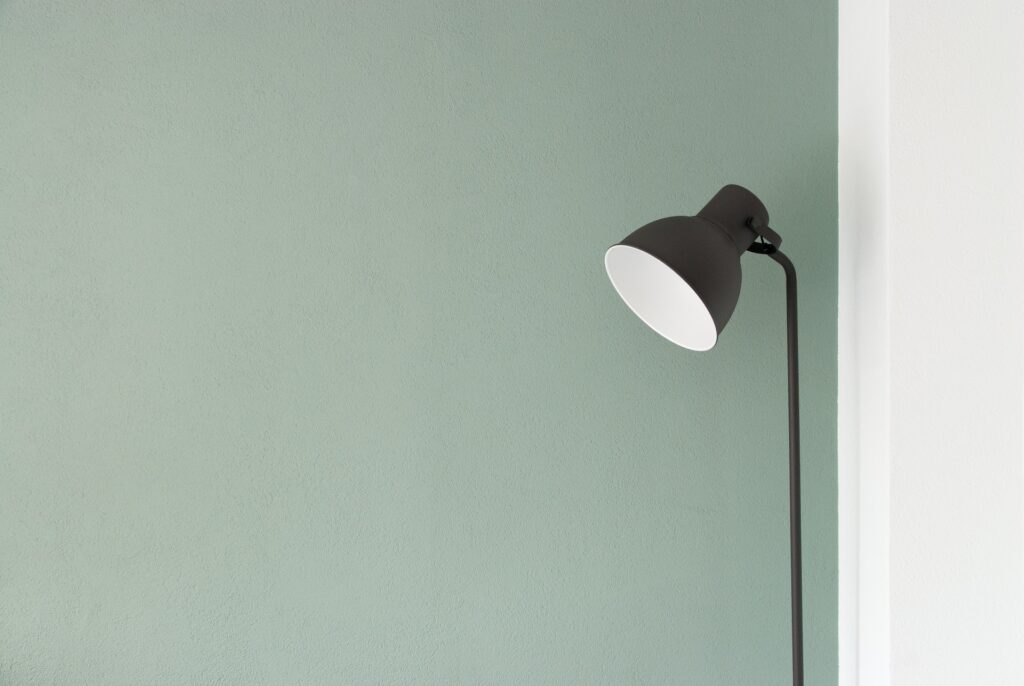
Choosing the right paint color for your home is not just a matter of aesthetics; it can significantly impact your mood and emotions. Color psychology is the study of how different colors can affect our feelings, behaviors, and even physical well-being. In this article, we’ll explore the fascinating world of color psychology and how your paint choices can create a harmonious and emotionally uplifting environment in your living spaces.
Understanding the Basics of Color Psychology
Colors are all around us, and they play a crucial role in our daily experiences. Whether we realize it or not, colors can evoke emotions, trigger memories, and influence our decisions. This phenomenon is at the core of color psychology.
1. Red: Passion and Energy
Red is often associated with strong emotions such as love, passion, and anger. It can create a sense of warmth and excitement in a room, making it a great choice for areas where social interaction is encouraged, such as dining rooms or living rooms.
2. Blue: Calm and Serenity
Blue is known for its calming and soothing qualities. It can lower blood pressure and reduce stress levels. Consider using shades of blue in bedrooms or home offices to create a tranquil atmosphere conducive to relaxation and focus.
3. Green: Balance and Harmony
Green represents nature and growth, and it’s often associated with feelings of balance and harmony. Using green in your home can create a sense of calm and connection to the outdoors. It’s an excellent choice for bedrooms and spaces where you want to foster a sense of well-being.
4. Yellow: Happiness and Positivity
Yellow is the color of sunshine and happiness. It can uplift your spirits and create a cheerful ambiance. Consider using yellow in kitchens or bathrooms to bring positivity and energy into these spaces.
The Impact of Warm and Cool Colors
In addition to the individual associations of colors, it’s essential to understand the difference between warm and cool colors and their effects on mood:
Warm Colors
Warm colors like red, orange, and yellow can make a room feel cozier and more inviting. They can stimulate conversation and energy, making them suitable for social spaces.
Cool Colors
Cool colors such as blue, green, and purple have a calming effect and can make a room feel more spacious and serene. They are ideal for areas where relaxation and concentration are essential.
Choosing the Right Color for Each Room
Now that we’ve explored the emotional impact of different colors let’s discuss how to choose the right paint colors for specific rooms in your home:
1. Living Room
In the living room, you want to create a welcoming and sociable atmosphere. Consider warm colors like shades of red or earthy tones that encourage conversation and relaxation.
2. Bedroom
For the bedroom, opt for calming and soothing colors like shades of blue or soft greens. These colors can help you unwind and improve the quality of your sleep.
3. Kitchen
In the kitchen, where creativity and energy are essential, choose vibrant colors like sunny yellows or lively oranges. These shades can inspire culinary adventures and make cooking a joyful experience.
4. Home Office
In a home office, productivity and focus are key. Cool, neutral colors like light gray or soft blues can enhance concentration and create a conducive work environment.
Conclusion
Color psychology is a powerful tool that can transform your living spaces into havens of emotion and functionality. By understanding the psychological impact of different colors and choosing the right paint shades for each room, you can create a harmonious and mood-enhancing home environment that reflects your personality and enhances your well-being. So, the next time you plan a paint makeover, consider the psychology behind your color choices and watch your mood transform along with your walls.